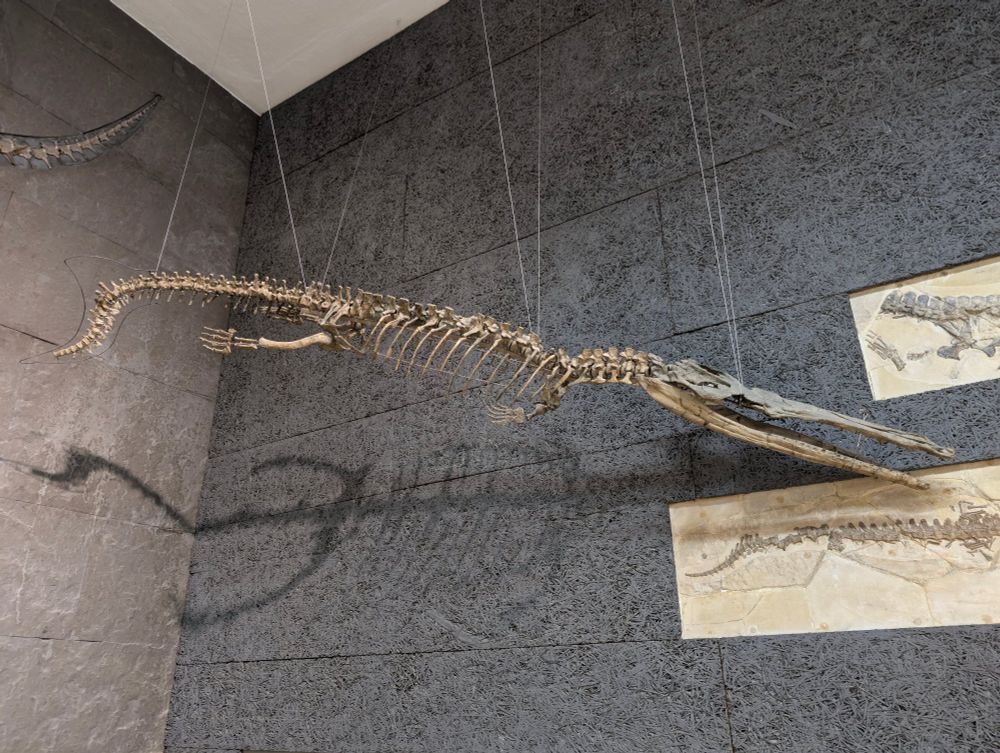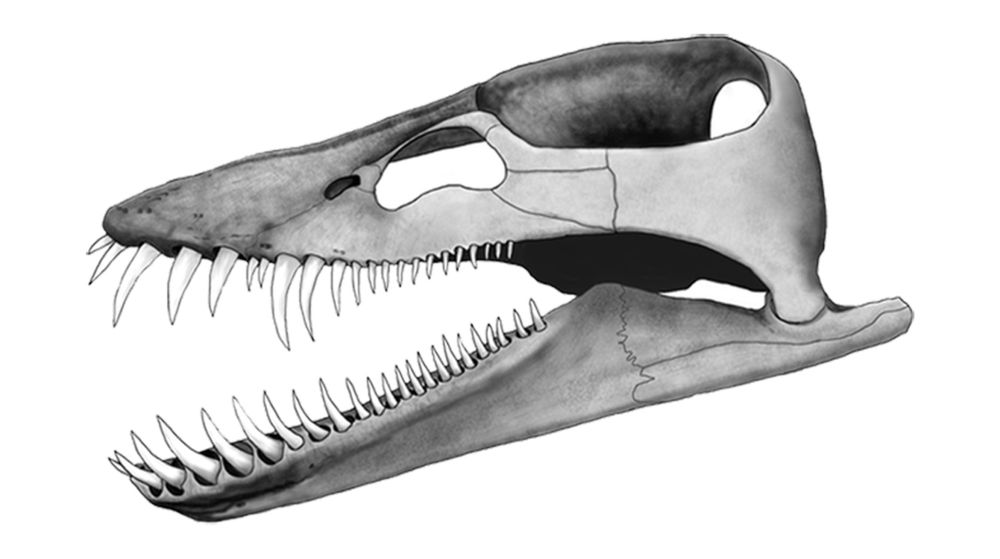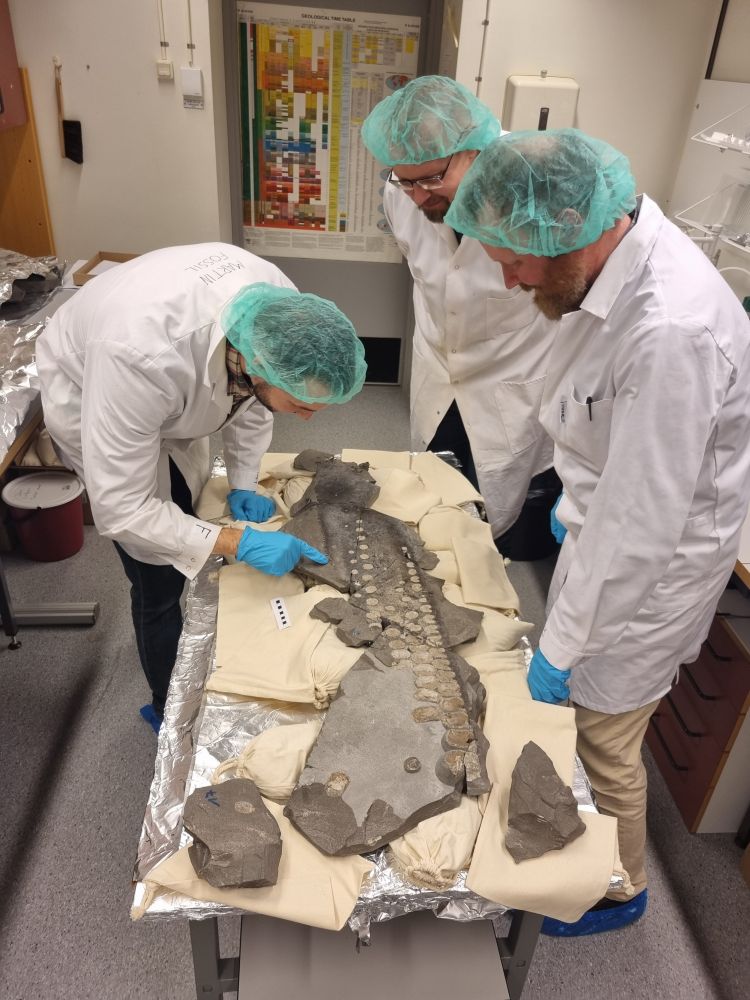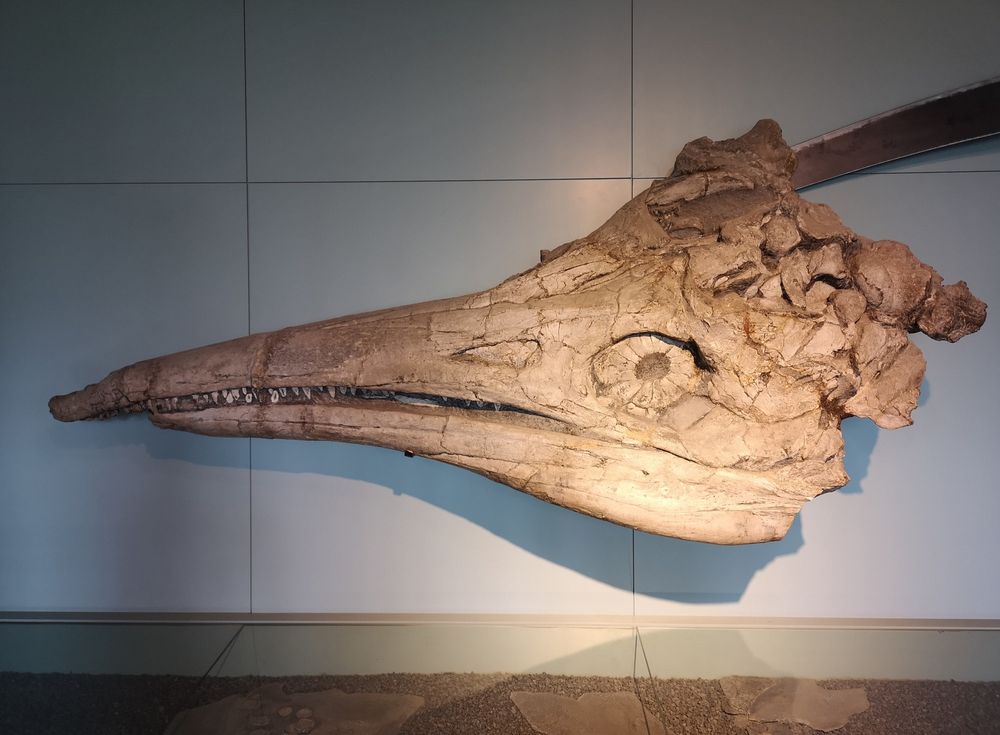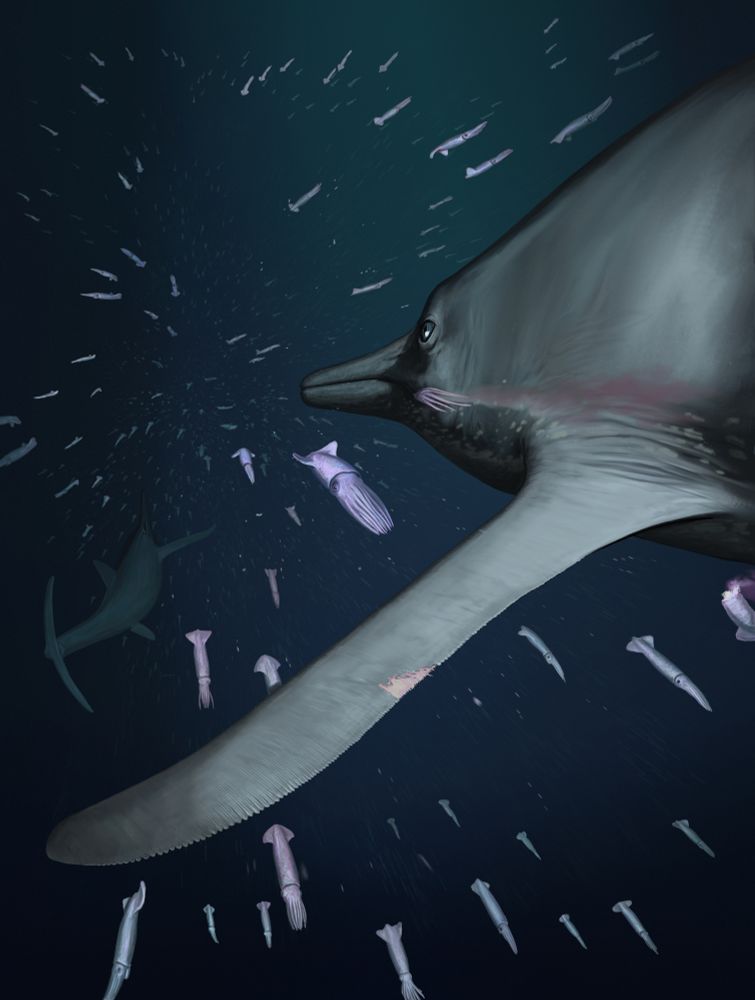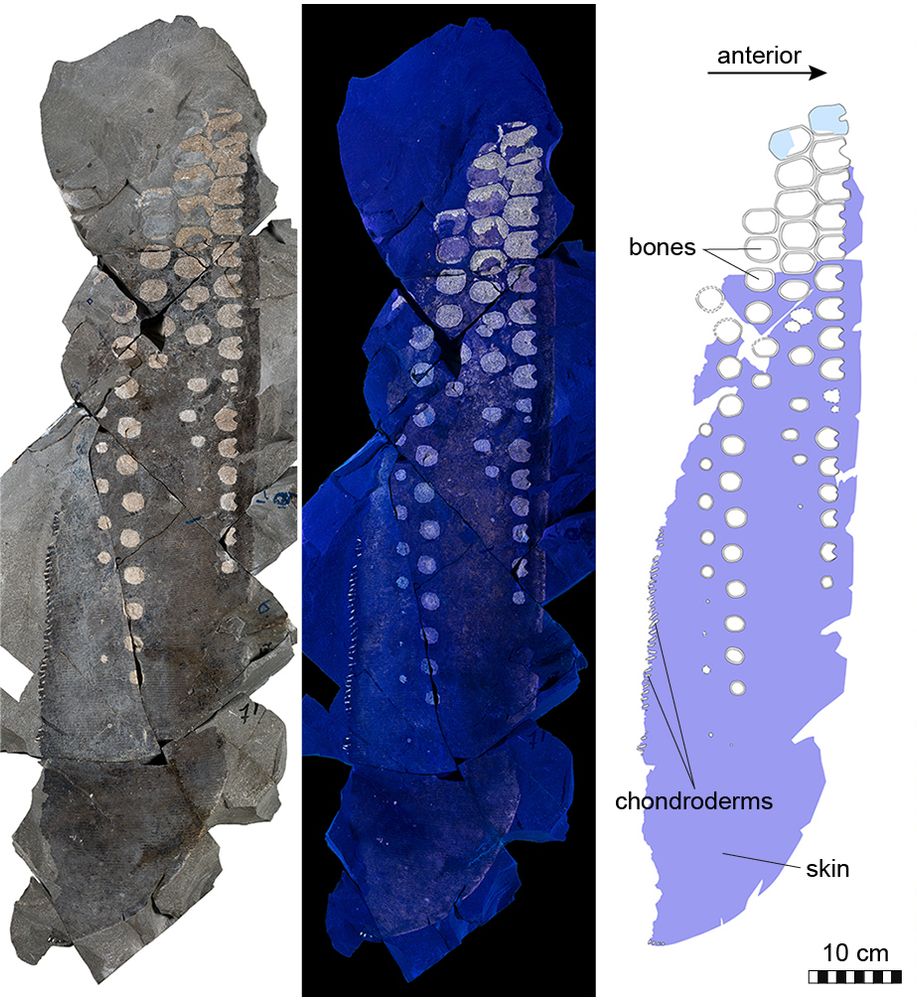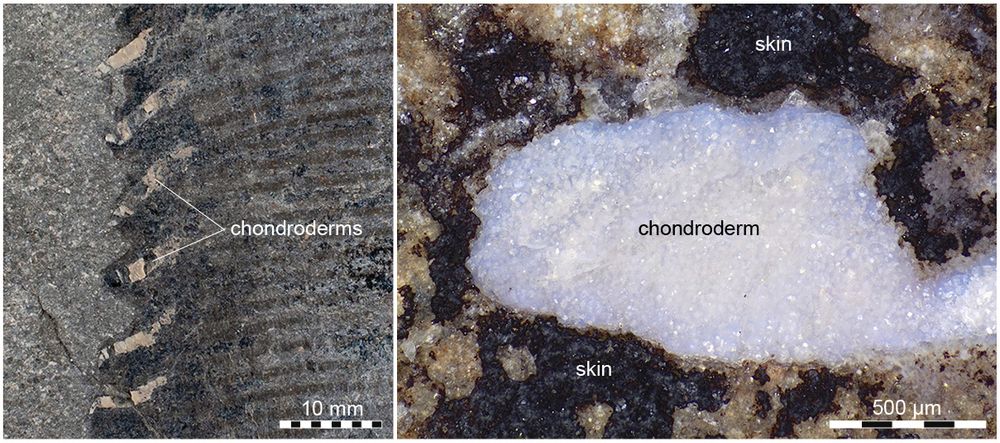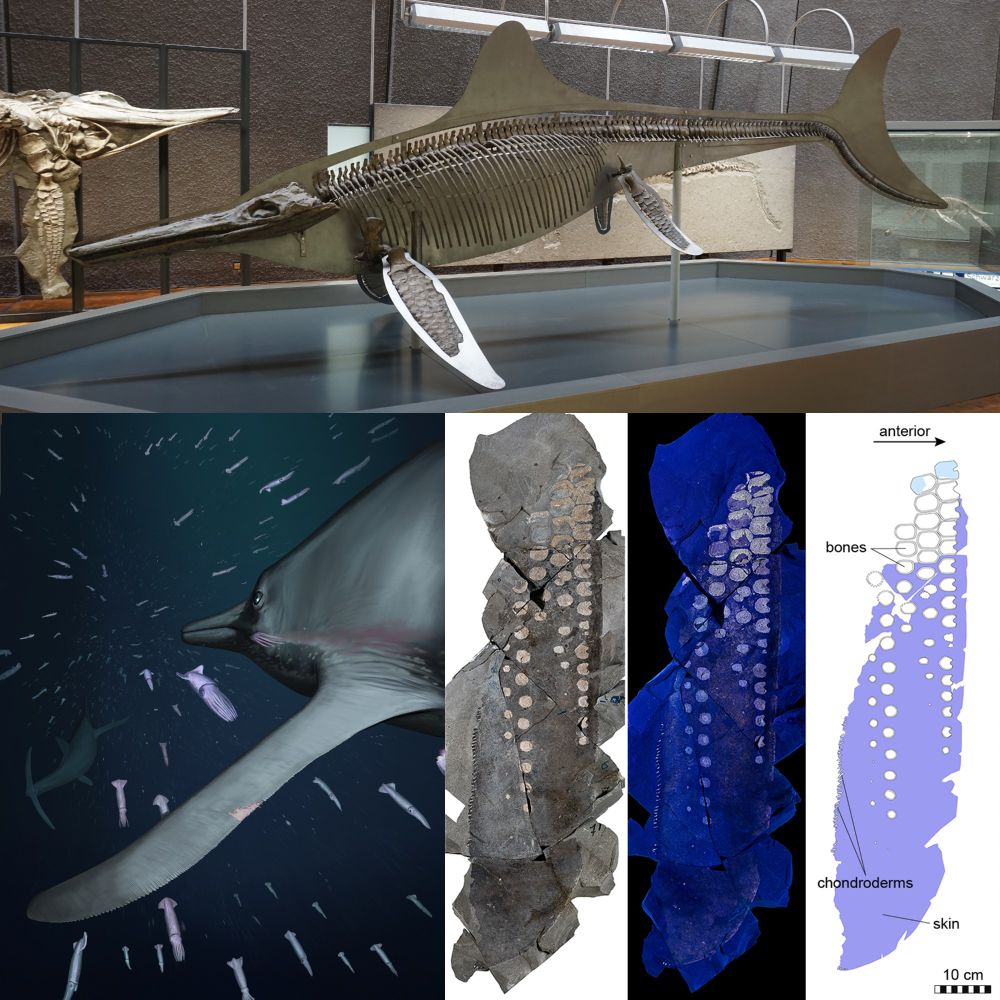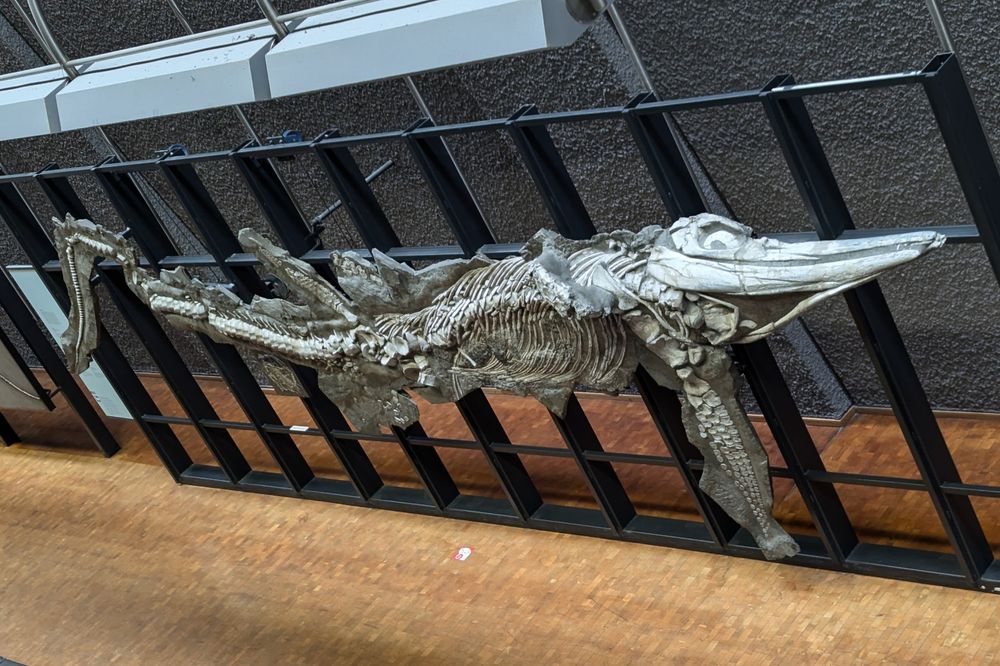Sven Sachs
@dinosven.bsky.social
880 followers
21 following
70 posts
Vertebrate palaeontologist, associate researcher at Naturkunde-Museum Bielefeld (Germany). Research topic Mesozoic marine reptiles.
https://www.sachspal.de
Posts
Media
Videos
Starter Packs
Sven Sachs
@dinosven.bsky.social
· Sep 8
Sven Sachs
@dinosven.bsky.social
· Sep 2

Friedrich von Huene’s Megalosaurid Vertebra from the Lower Jurassic of Northern Germany
In the 1960s, renowned Tübingen-based palaeontologist Friedrich von Huene was given the opportunity to study an incomplete vertebra from the Lower Jurassic
www.sachspal.de
Sven Sachs
@dinosven.bsky.social
· Aug 27

Protoceratops andrewsi at the American Museum of Natural History – Sachs Vertebrate Palaeontology Research
In 2023, I had the opportunity to study plesiosaur material at the American Museum of Natural History (AMNH) in New York. While there, I took some time to
www.sachspal.de
Sven Sachs
@dinosven.bsky.social
· Aug 8
Sven Sachs
@dinosven.bsky.social
· Aug 1
Sven Sachs
@dinosven.bsky.social
· Jul 16
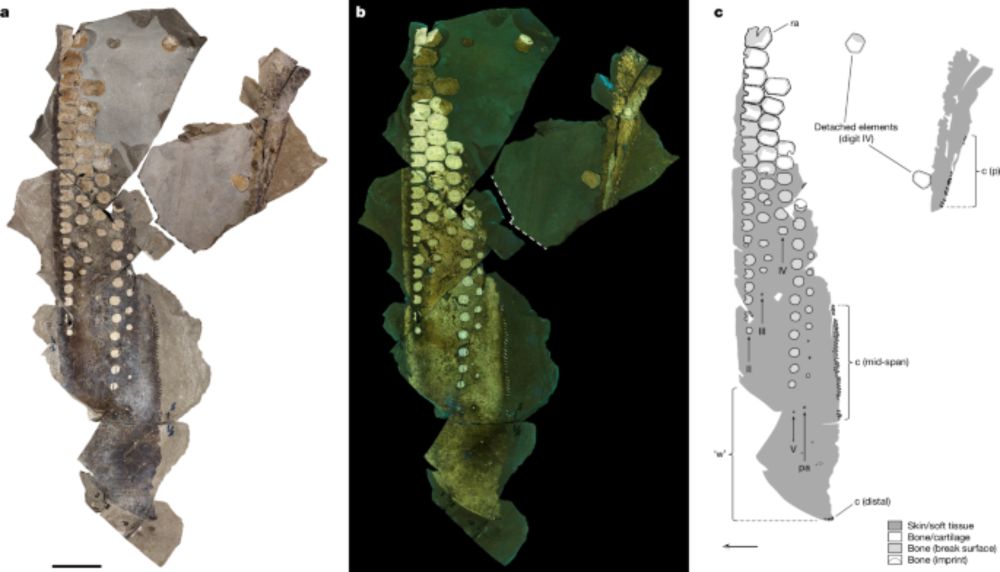
Adaptations for stealth in the wing-like flippers of a large ichthyosaur - Nature
Analysis of a fossilized front flipper of the Jurassic ichthyosaur Temnodontosaurus that preserves details of soft tissue indicates the presence of a serrated trailing edge that would have reduced noi...
www.nature.com
Sven Sachs
@dinosven.bsky.social
· Jul 6













